March 21 marks the International Day for the Elimination of Racial Discrimination.
In 1966, The United Nations General Assembly created this day after police shot at peaceful demonstrators protesting ‘pass laws’ during apartheid in South Africa during 1960. On March 21, 1960, 69 people were killed. The pass laws encouraged racial segregation through a passport system where Black people had to receive permission from the government to move throughout the country.
Though the pass laws may no longer exist, racial segregation is still encouraged through systemic racism in many countries. So today, we want to give you some actionable steps you can take to help fight against racial discrimination.
Ending systemic racism will require a partnership between white people and communities of color. As dancers, we can be on the frontlines regarding how we conduct ourselves, increase awareness, and lead our organizations.
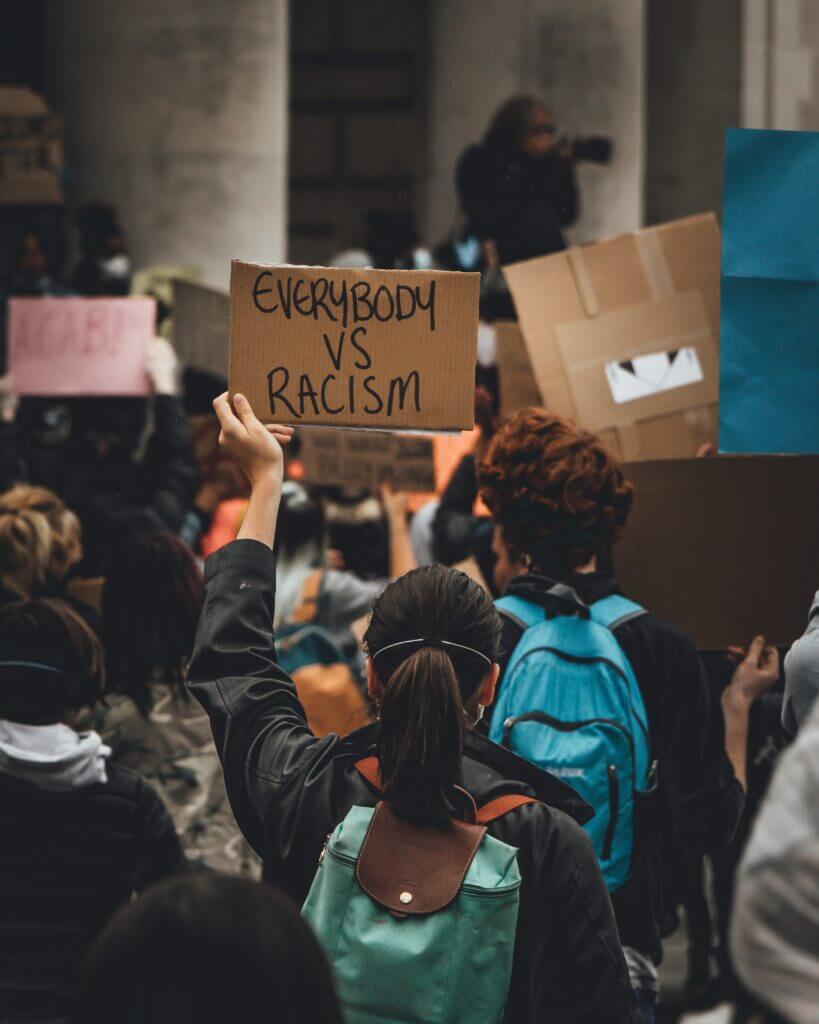
These tips will help encourage action and let allies know how they can help:
Be aware of cultural differences that may occur in schools and the workplace.
You’ll inevitably work with people from different backgrounds than yourself, so we must recognize and understand how culture plays a role in relationship building. This can include how much eye contact we find comfortable or our openness to learning in group situations. In addition, to how we socialize, work, and handle conflict.
Recognize that racism is more than police brutality.
Social media has had a significant role in highlighting the horrible realities of police brutality to the public. However, many people still see these incidents as isolated and unrelated to systematic racism. Systemic racism exists within all institutions and deeply affects people of color’s economic status, health, and more. The dance community is no exception.
Speak up against workplace racism.
People of color are still vastly underrepresented in many fields. As a result, people of color are often the victims of microaggressions and more overt discrimination, ultimately affecting how safe they feel at a job and their mental health. White allies need to support people of color in the workplace by standing up against racist comments, offering more compassion in communication, and mentoring people of color to advance in their careers.
Encourage anti-racist teaching in schools.
Teachers must encourage students’ awareness of behaviors and actions that reinforce racism. They must also highlight more people throughout history who have fought against racism, not just in America, but worldwide. Books taught must feature literature by and about people of color as well. In the dance community, we must highlight Black Traditions in dance, educate the Black historical context of Black dance pioneers, and celebrate their contributions to the field.
In some ways, we have come a long way in the fight against racial discrimination, but we still have a long way to go. The dance industry needs to commit to fighting against racism alongside the Black community and continue educating themselves and others.
Further, allies in the industry must be open to having their own ideas about race challenged, so they can continue to grow and be the most effective support for these communities that they can. Finally, dance leaders need to explore how the traditions of ballet and dance exacerbate the continuance of racism and discrimination through their casting, hiring practices, and promotions.
Racism isn’t only a fight for Black and brown people; everyone needs to participate in dismantling systemic racism so we can build a new system that focuses on equity, freedom, and inclusivity.
Why is this important for dancers to know?
At The Sonja McCord X, we have a recurring theme that Art is Political. We have a creative responsibility to use our movement, art, and projects to impact the world positively. We can do this via storytelling, completed works, collaborations, special events, or simply using our voices to make a difference in our respective communities.



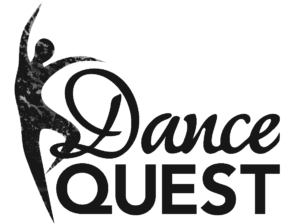


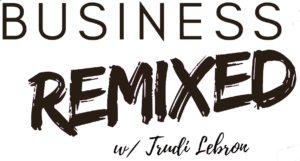
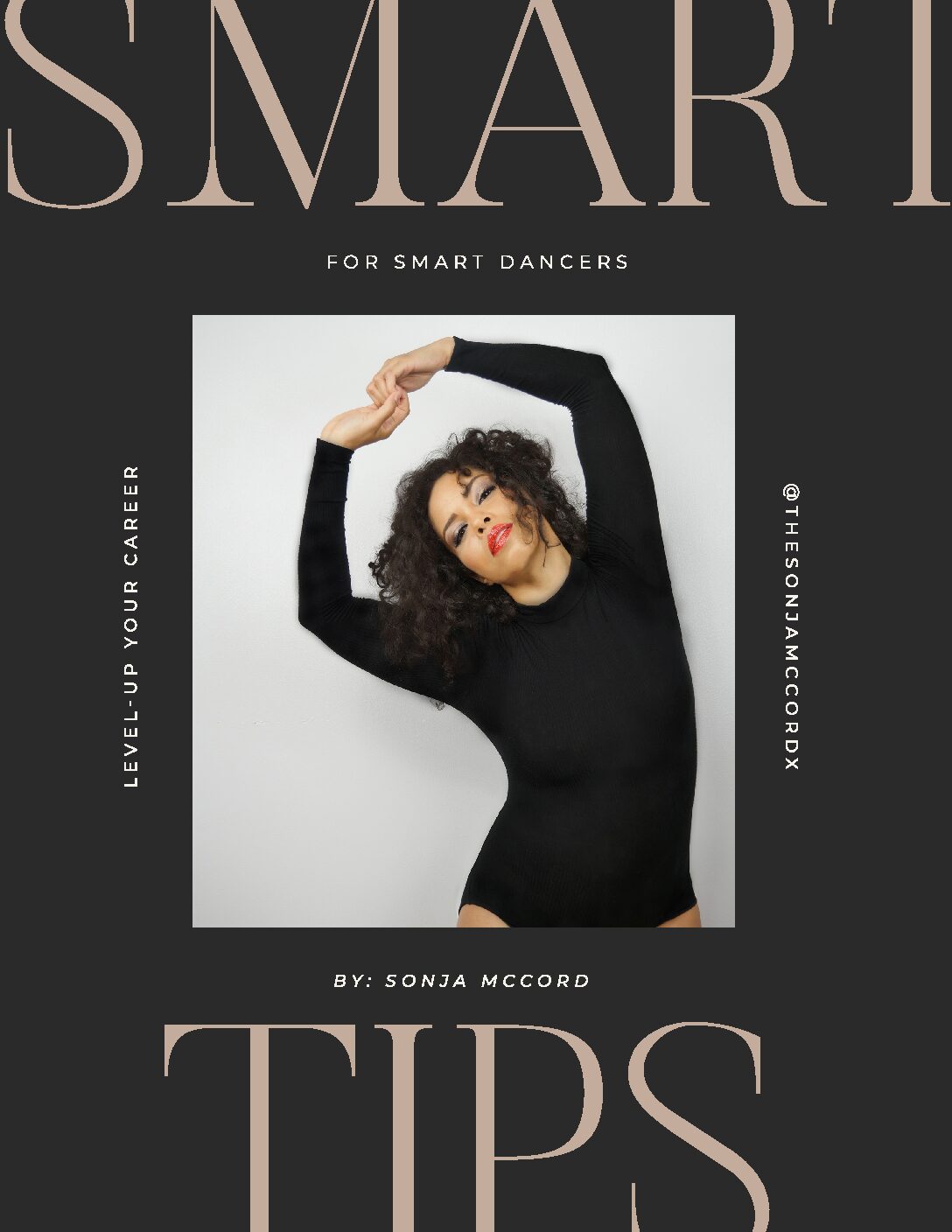
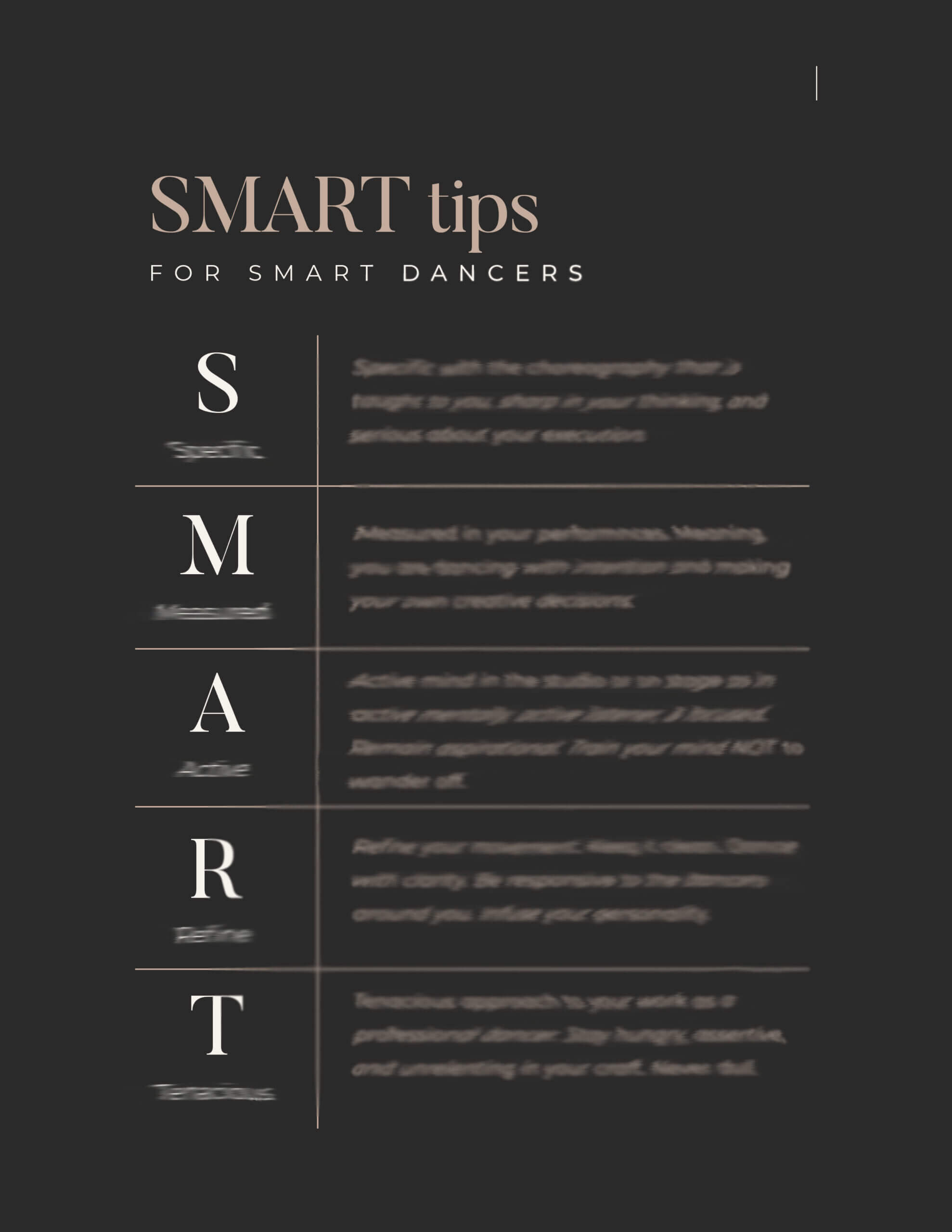
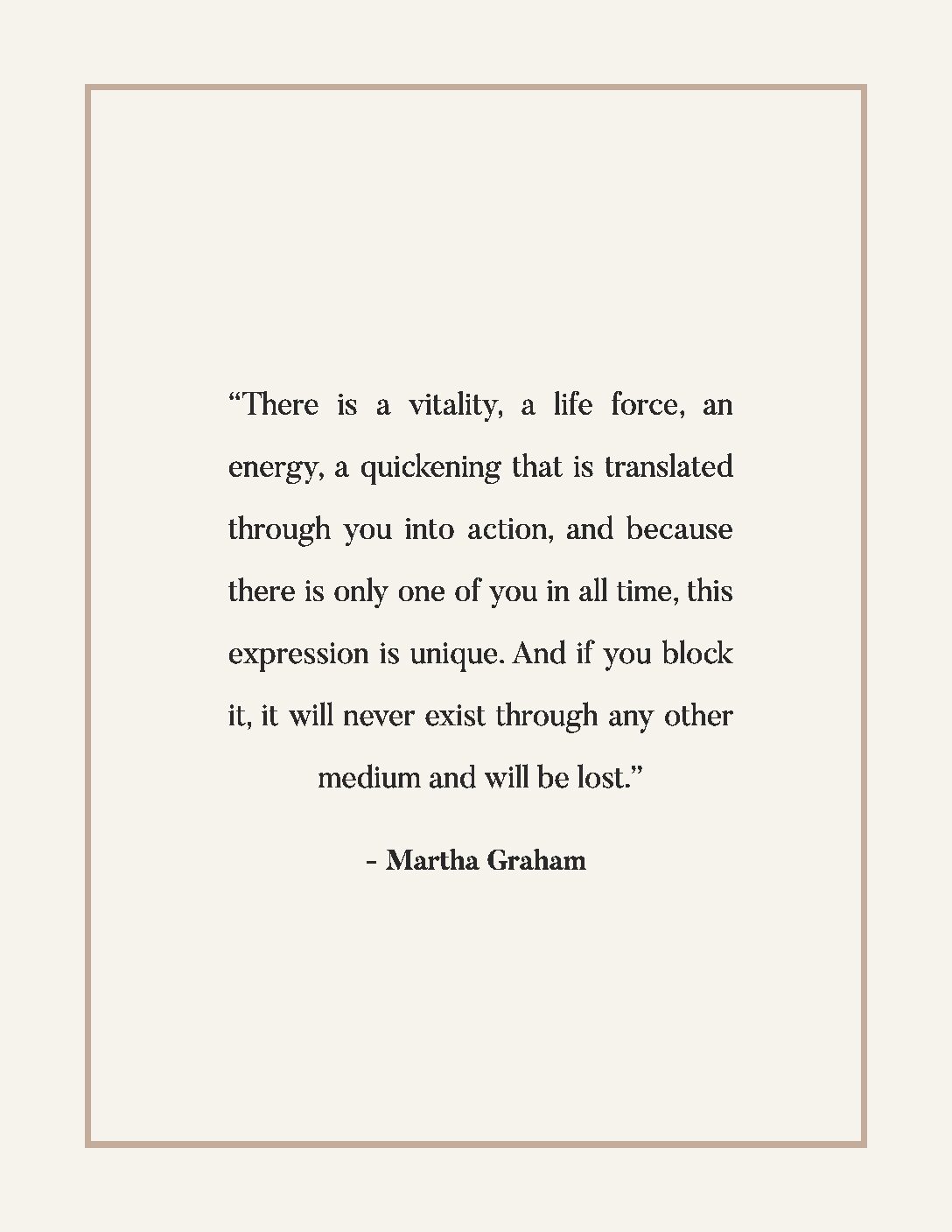

Leave a Reply